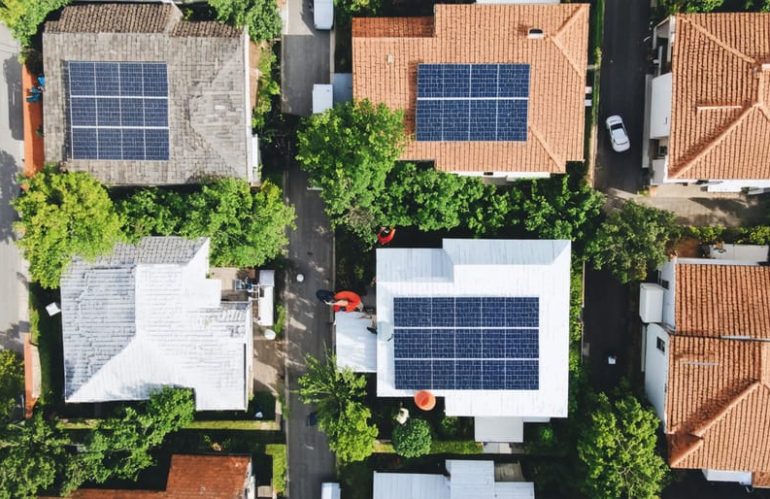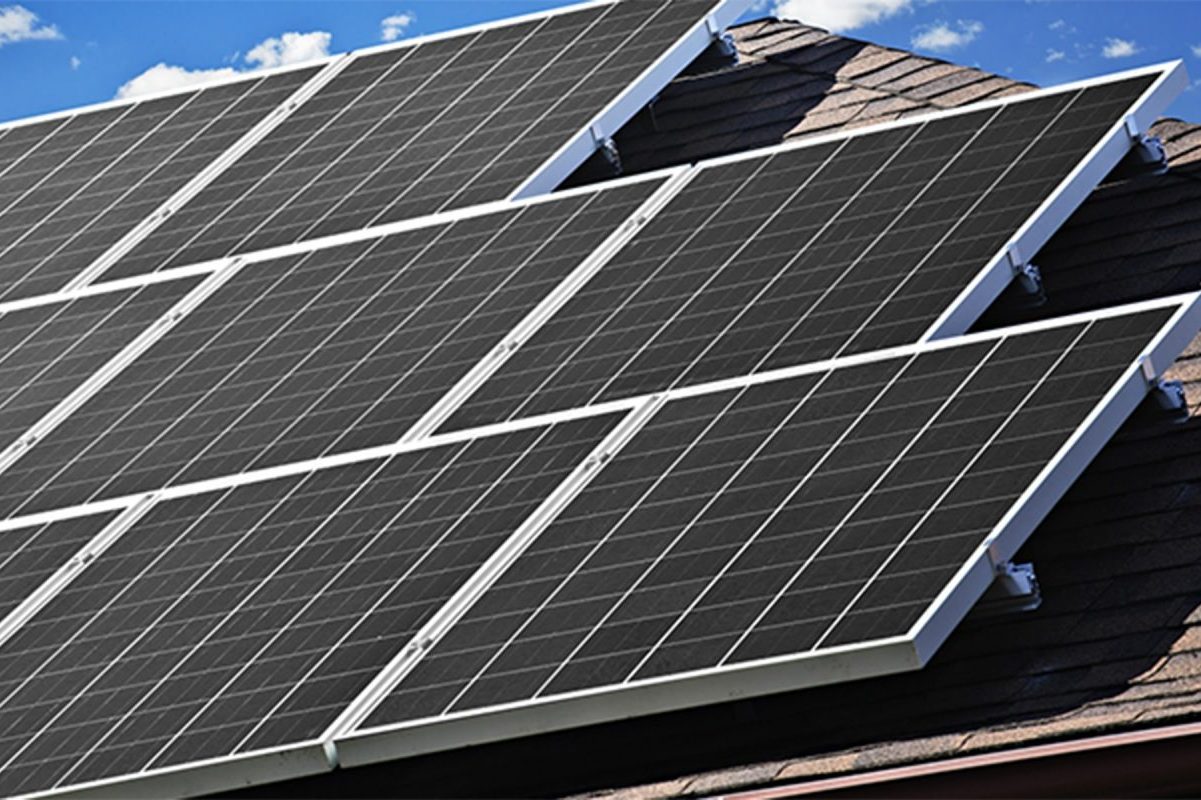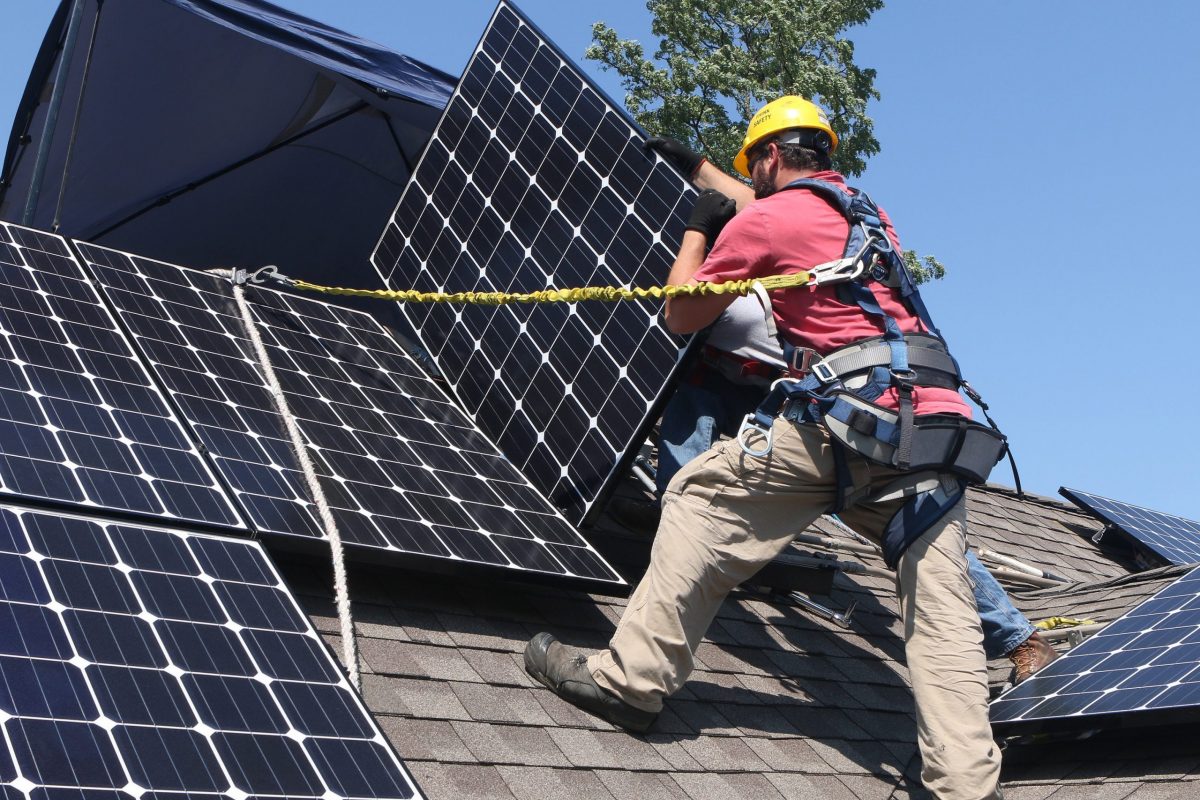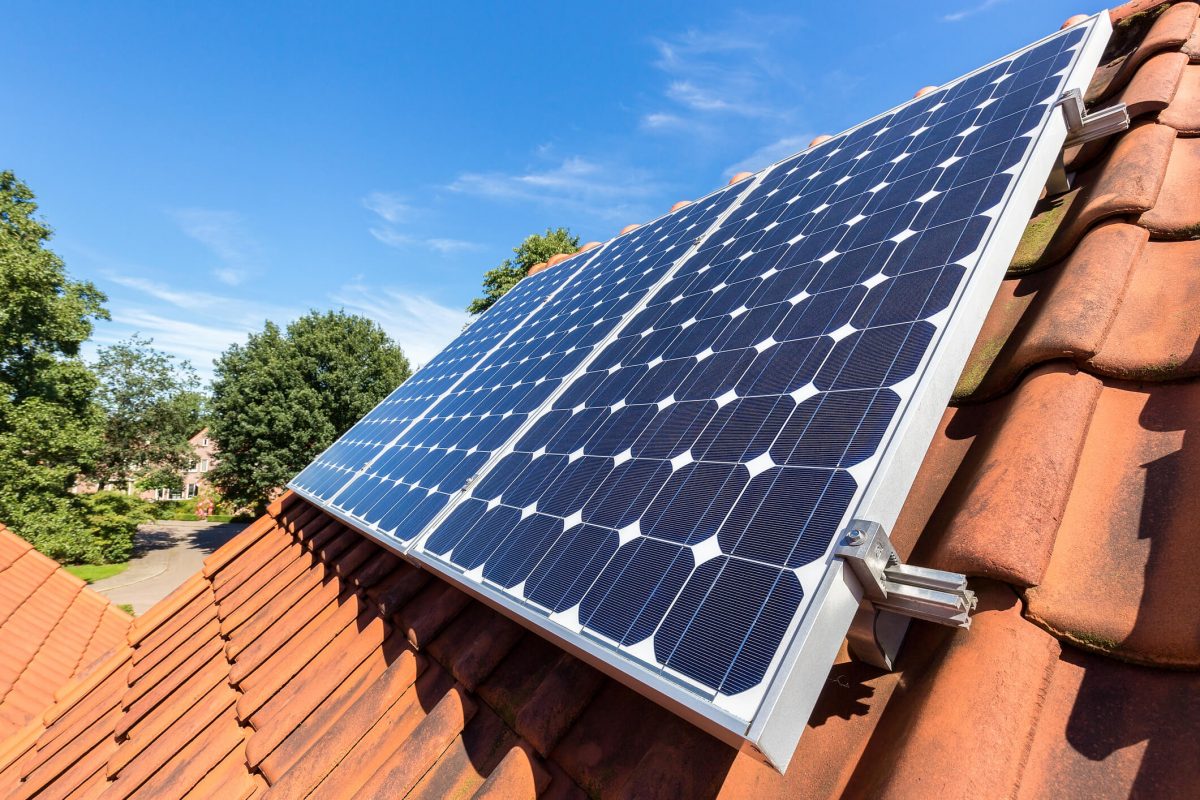Solar co-ops are revolutionizing how communities approach residential solar installation, making clean energy more accessible and affordable for everyone. By combining the purchasing power of dozens or even hundreds of households, these grassroots organizations typically reduce installation costs by 15-30% while providing members with expert guidance throughout the process.
In neighborhoods across the globe, from suburban Australia to rural Germany, solar co-ops are transforming rooftops into power plants and neighbors into energy advocates. These democratic organizations enable members to navigate the complex solar marketplace together, sharing knowledge, resources, and collective bargaining power to secure better deals from installers and equipment manufacturers.
Whether you’re a first-time solar adopter or an experienced environmentalist, solar co-ops offer a proven pathway to sustainable energy independence while building stronger, more resilient communities. Their success demonstrates how local collaboration can accelerate the transition to clean energy while making it more equitable and affordable for all.
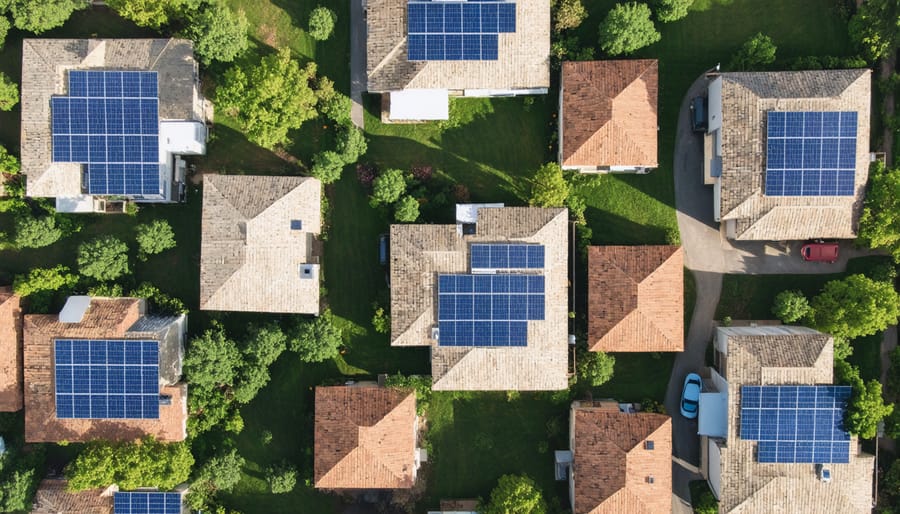
How Solar Co-ops Work: The Power of Group Buying
Collective Purchasing Power
Solar co-ops harness the power of group purchasing to significantly reduce solar installation costs for all members. By pooling their buying power, co-op participants typically save 15-30% compared to individual installations. This collective approach works by negotiating bulk pricing with solar installers, who benefit from reduced customer acquisition costs and streamlined installation schedules.
When dozens of homeowners commit to going solar together, vendors can order materials in larger quantities and optimize their workforce deployment. These efficiency gains translate into substantial savings for co-op members. Additionally, the group’s collective bargaining power often results in better warranty terms and higher quality equipment options that might be cost-prohibitive for individual buyers.
Beyond direct cost savings, many solar co-ops leverage their size to secure better financing options and navigate permitting processes more efficiently. The bulk purchasing model also helps members avoid common pitfalls in contractor selection, as the group typically vets installers thoroughly through a competitive bidding process.
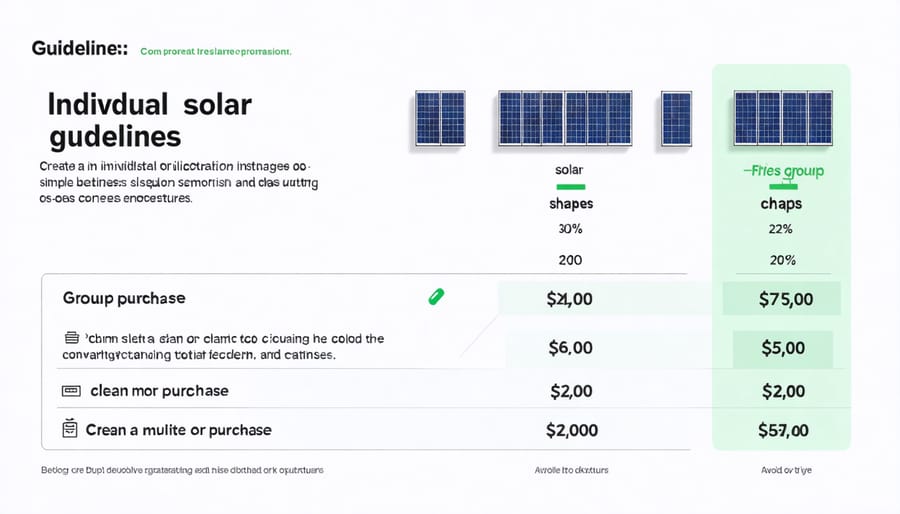
Shared Expertise and Support
One of the greatest advantages of joining a solar co-op is access to collective wisdom and shared expertise. Members benefit from pooled knowledge about solar technology, installation best practices, and maintenance requirements. When making decisions about system specifications or choosing installers, co-op members can draw upon the diverse experiences and insights of their fellow participants.
Group decision-making helps members avoid common pitfalls and negotiate better terms with suppliers. More experienced members often mentor newcomers, sharing valuable tips about system optimization and maintenance. This peer support network creates a robust learning environment where members can ask questions, share solutions, and stay updated on the latest solar innovations.
The co-op structure also provides strength in numbers when dealing with technical challenges or warranty issues. Instead of facing problems alone, members can tap into the group’s collective experience and leverage the co-op’s established relationships with installers and manufacturers. This shared expertise extends beyond technical aspects to include knowledge about local regulations, incentives, and financing options, making the solar adoption journey smoother and more confidence-inspiring for all members.
Global Success Stories: Solar Co-ops Around the World
European Solar Communities
Europe leads the way in community solar initiatives, with several inspiring success stories across the continent. In Germany, the birthplace of the energy cooperative movement, the town of Feldheim stands as a shining example. This small community of 150 residents achieved 100% renewable energy independence through their solar cooperative, combining solar panels with wind energy and biogas systems.
Denmark’s solar communities have flourished under supportive government policies. The Middelgrunden offshore wind cooperative in Copenhagen, which includes solar components, demonstrates how community energy projects can scale up successfully. Over 8,500 local residents own shares in this initiative, showing how collective action can drive sustainable energy adoption.
Spain’s innovative “solar sharing” programs have gained momentum, particularly in regions like Catalonia. The Som Energia cooperative, founded in 2010, has grown to over 70,000 members across the country. Their model allows urban residents without suitable roof space to invest in shared solar installations, making clean energy accessible to more people.
These European examples share common success factors: strong community engagement, supportive regulatory frameworks, and innovative financing models. Many communities combine solar with other renewable sources, creating resilient energy systems. Their achievements have inspired similar initiatives worldwide, proving that community-owned solar projects can effectively address both environmental concerns and energy costs while strengthening local economies.
Asia-Pacific Initiatives
The Asia-Pacific region showcases some of the most innovative approaches to solar co-operatives, with Australia and Japan leading the way. In Australia, the Coastal Energy Co-operative in New South Wales has revolutionized community solar by implementing a “solar gardens” model. This initiative allows apartment dwellers and renters to purchase solar panels installed on shared community spaces, receiving credits on their electricity bills from the energy generated.
The Sydney Solar Village project demonstrates another successful model, where 150 households pooled resources to negotiate bulk purchasing deals, reducing installation costs by 25% while sharing maintenance responsibilities. This approach has since been replicated across multiple Australian communities, creating a network of interconnected solar neighborhoods.
In Japan, the Fukushima Solar Co-operative emerged as a powerful response to the 2011 nuclear disaster. The co-op now serves over 500 households, combining traditional Japanese community values with modern renewable energy solutions. Their innovative financing model allows members to invest as little as ¥100,000 (approximately $900), making solar accessibility more democratic.
The Solar Sharing Network in Tokyo has pioneered a unique approach by integrating solar panels with urban agriculture, maximizing land use while generating clean energy. This dual-purpose model has become particularly popular in dense urban areas where space is at a premium, demonstrating how solar co-ops can adapt to local conditions while maintaining their core community-focused principles.

Starting or Joining a Solar Co-op
Finding Local Co-op Opportunities
Finding a local solar co-op has become increasingly accessible thanks to numerous organizations and online resources dedicated to connecting potential members. Start by exploring national organizations like Solar United Neighbors, which maintains an extensive database of active community solar initiatives across multiple regions. Local sustainability offices and environmental organizations often maintain listings of nearby solar co-ops and can provide valuable introductions to existing groups.
Social media platforms and community forums are also excellent resources for connecting with solar co-op organizers and members. Facebook groups focused on sustainable living and renewable energy frequently share information about local co-op opportunities and upcoming information sessions.
Consider reaching out to your utility company, as many maintain partnerships with solar co-ops or can direct you to approved programs in your area. Additionally, online solar marketplaces often include sections dedicated to collective purchasing opportunities and can help connect you with forming or established co-ops in your region.
Don’t forget to check with local environmental nonprofits and clean energy advocacy groups, as they frequently serve as coordinators or information hubs for solar co-op formation and membership opportunities.
Key Questions to Ask
Before joining a solar co-op, consider asking these essential questions to ensure it’s the right fit for your needs and circumstances:
What are the upfront costs and long-term financial commitments? Understanding both initial membership fees and ongoing maintenance costs is crucial for planning your investment.
How is the co-op structured and governed? Learn about decision-making processes, member voting rights, and leadership selection to ensure you’re comfortable with the organization’s management.
What are the specific benefits and savings projections? Request detailed estimates of expected energy cost reductions and potential returns on investment over time.
How is maintenance handled? Clarify who’s responsible for panel upkeep, repairs, and replacement, including associated costs and procedures.
What happens if you move or want to leave the co-op? Understand the exit policies, transfer options, and any financial implications of ending your membership.
What’s the timeline for installation and activation? Get clear dates for when you can expect the system to be operational and start benefiting from solar power.
Are there any restrictions from your local municipality or HOA? Verify that there are no regulatory obstacles or community guidelines that might affect your participation.
What’s the co-op’s track record? Ask about their history, current membership numbers, and success stories to gauge their reliability and effectiveness.
The Future of Solar Co-ops
Solar co-ops are evolving rapidly, with exciting developments on the horizon that promise to make community solar more accessible and efficient than ever before. Virtual net metering technologies are enabling members to participate regardless of their physical location, opening up opportunities for renters and apartment dwellers to join the solar movement.
Smart grid integration is becoming increasingly sophisticated, allowing co-ops to better manage energy distribution and storage. Many co-ops are incorporating battery storage systems, enabling communities to maintain power during outages and maximize their solar investment. This advancement in energy storage technology is particularly game-changing, as it addresses one of solar power’s traditional limitations.
The future also holds promise for simplified financing models and improved administrative systems. Mobile apps and online platforms are making it easier for members to track their energy usage, manage their accounts, and participate in co-op decision-making. Some co-ops are exploring blockchain technology to streamline energy trading between members and ensure transparent transactions.
As climate concerns grow and renewable energy technology becomes more affordable, experts predict a surge in solar co-op formation over the next decade. Government policies supporting community solar initiatives are expected to expand, potentially including new tax incentives and grants for co-op formation. These developments, combined with increasing public awareness of environmental issues, suggest that solar co-ops will play an increasingly important role in our energy future.
Solar co-ops represent a powerful way to make clean energy more accessible and affordable for everyone. By joining forces with neighbors, you can secure better prices, navigate the installation process with confidence, and contribute to a more sustainable future. The collective buying power and shared knowledge within these communities make solar adoption simpler and more cost-effective than going it alone. Whether you’re looking to reduce your carbon footprint, save money on energy bills, or build a more resilient community, solar co-ops offer a proven path forward. Take the first step today by researching local solar co-ops in your area or connecting with environmental organizations that can help you start one. Together, we can harness the power of the sun while building stronger, more sustainable communities for generations to come.

